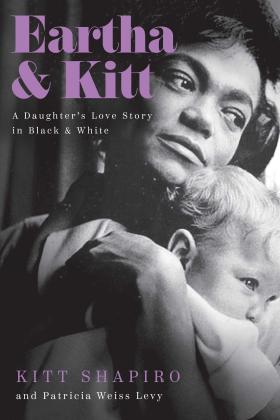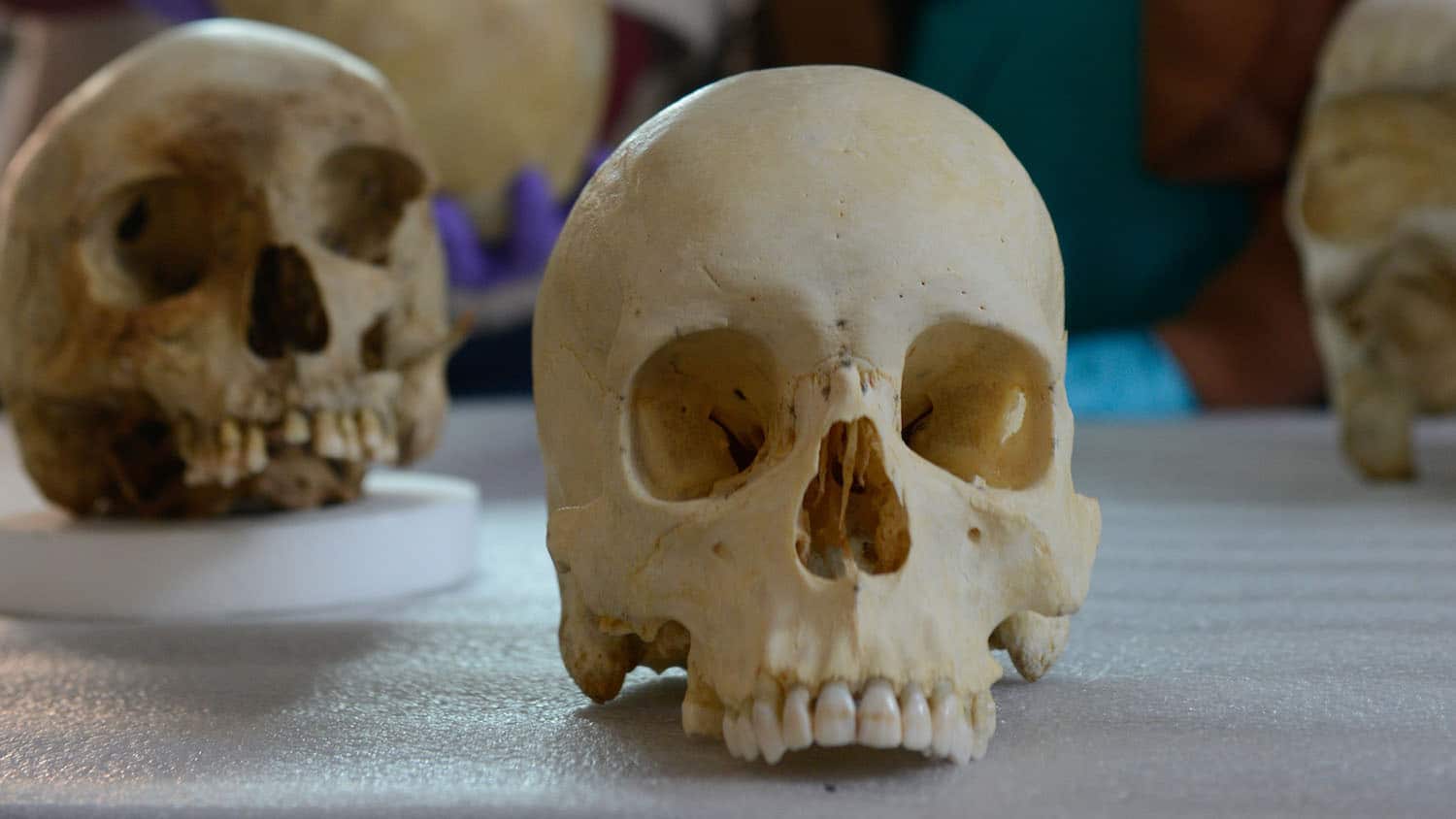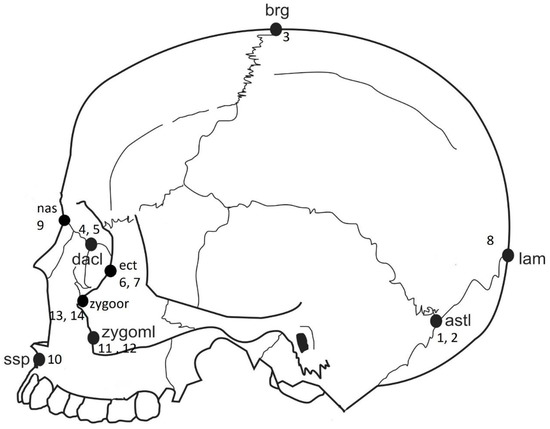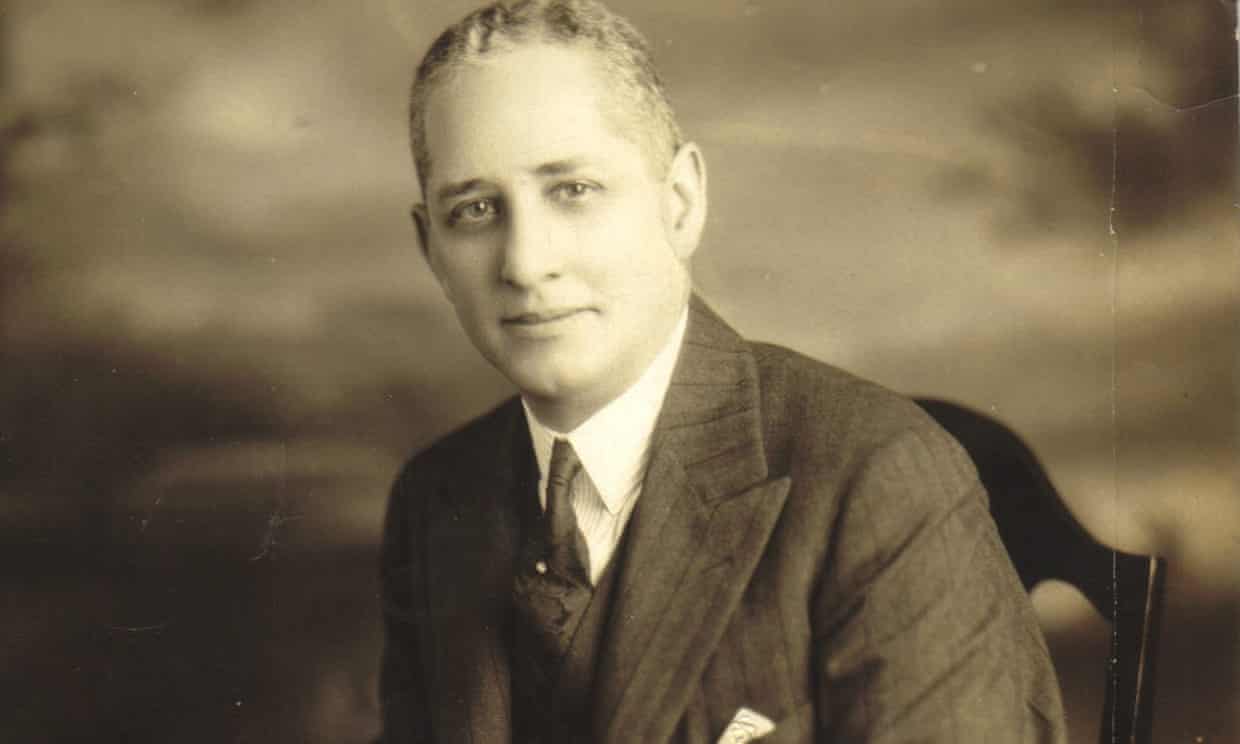Eartha & Kitt: A Daughter’s Love Story in Black and White
Pegasus Books
2021-05-04
288 pages
9 x 6 in
Hardcover ISBN: 9781643137544
Kitt Shapiro and Patricia Weiss Levy

A luminous and inspiring portrait of a Black pioneer and artistic force—Eartha Kitt—and one of the most moving mother/daughter stories in Hollywood history.
In this unique combination of memoir and cultural history, we come to know one of the greatest stars the world has ever seen—Eartha Kitt—as revealed by the person who knew her best: her daughter.
Eartha, who was a mix of Black, Cherokee, and white, is viewed by the world as Black. Kitt, her biological daughter, is blonde and light skinned. This is the story of a young girl being raised by her mother, who happened to be one of the most famous celebrities in the world. For three decades, they traveled the world together as mother and daughter. Even after Kitt got married and started a family of her own, she and Eartha were never far from each other’s sides
Eartha had a very difficult childhood growing up in extreme poverty in South Carolina. She described herself as being “just a poor cotton picker from the South.” She did not have her own familial ties to lean on after being abandoned by her own mother as a toddler and having never known who her father was. She and Kitt were each other’s whole world.
Eartha’s legacy is still felt today. Not only do we still listen to “Santa Baby” every Christmas, but many of today’s most influential artists consistently mention Eartha, paying tribute to her groundbreaking stances on social issues such as racial equality and women’s and LGBTQ rights. And she is still widely remembered for her definitive portrayal of Catwoman in the classic Batman television series, voicing the character Yzma in Disney’s The Emperor’s New Groove, and her many other movie and Broadway roles.
In these pages, Kitt brings her mother to life so vividly, you will feel as if you’d met her. You’ll embrace her love of nature, exercise, simple food, and independence, along with her lessons on the importance of treating people kindly and always being true to yourself.
Filled with love, life lessons, and poignant laughter, Eartha & Kitt captures the passion and energy of two remarkable women.




